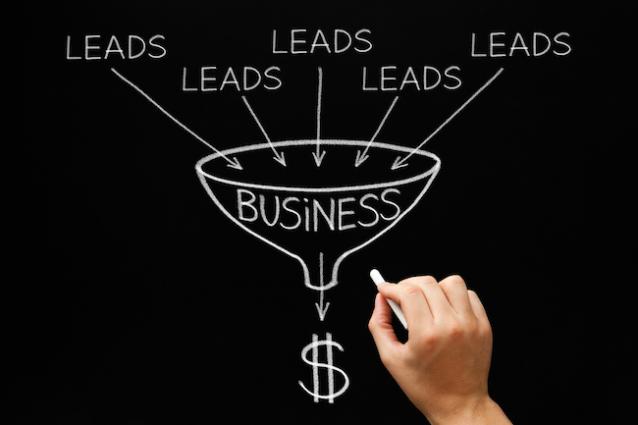blog
8 Conversion Killing Mistakes on E-Commerce Sites

It’s not enough to have traffic driven to e-commerce sites; they must be designed to convert to drive revenue. Many factors can damage an e-commerce sites ability to convert, from website performance and design to shopping cart capabilities and checkout processes.
-
Performance issues One of the quickest ways to turn users away from an e-commerce site is by having one that is slow loading. Lack of a quality hosting service, unoptimized images, excessive visual clutter, content that lacks HTTP compression, un-cached information, and bad code can slow websites down causing user frustration.
-
Lack of trust-building factors When it comes to giving payment information, customers need to feel confident they can trust the business. E-commerce sites which lack trust factors such as security badges, customer reviews, and safe shopping guarantees cause high bounce rates.
-
Lengthy checkout processes and forms Lengthy and complicated forms aggravate consumers and eat away at their valuable time, causing them to shop elsewhere. This is especially true when using mobile devices for their shopping, as many of today’s consumers do. Additionally, requiring the user to create an account to shop causes very high bounce rates and keeps consumers from returning.
-
Failing to optimize for mobile use E-commerce sites which aren’t mobile responsive fail to adjust the screen size and limit consumer access to all the available products found on desktops. Many un-optimized sites display only featured items on mobile due to blocked navigation. This creates a poor representation of the business, a bad user experience, and low conversion rates.
-
Cluttered web design Not only does a cluttered web design slow loading speeds which negatively impacts conversion, but they also visually overwhelm the customer. Cluttered pages fail to highlight elements of importance or establish any hierarchy, damaging conversion, and the overall user experience.
-
Lack of cart visibility and persistent cookies Keeping selected items visible in shopping carts drives conversion through top-of-mind impulse purchasing. Using persistent cookies to enable carts to stay active when a user leaves and returns later, prompts customers to complete transactions. Customers often need to leave websites for reasons such as time or price comparisons. Making it easy to return and purchase later greatly increases conversion potential.
-
Lack of product descriptions Failing to include product descriptions damages SEO potential and frustrates customers. Purchasing online requires as much information as possible when buying without seeing the item in person. Missing important descriptive information will cause buyers to look elsewhere to ensure they are buying what they need or want.
-
Limited forms of payment E-commerce sites that are limited regarding accepted payment forms cause users to abandon the site. Ensuring an adequate variety of payment options will more than make up for the overhead cost of paying multiple card processing fees in greater conversions and repeat business.
Avatar New York web design is an innovating, award-winning web design New York firm dedicated to providing clients with responsive websites to grow brands and convert visitors to customers. With an expertise in web development, branding, cloud hosting, mobile app development, and CMS and e-commerce solutions, Avatar New York's top tier designers have the ability to create intelligent websites for any type of business.